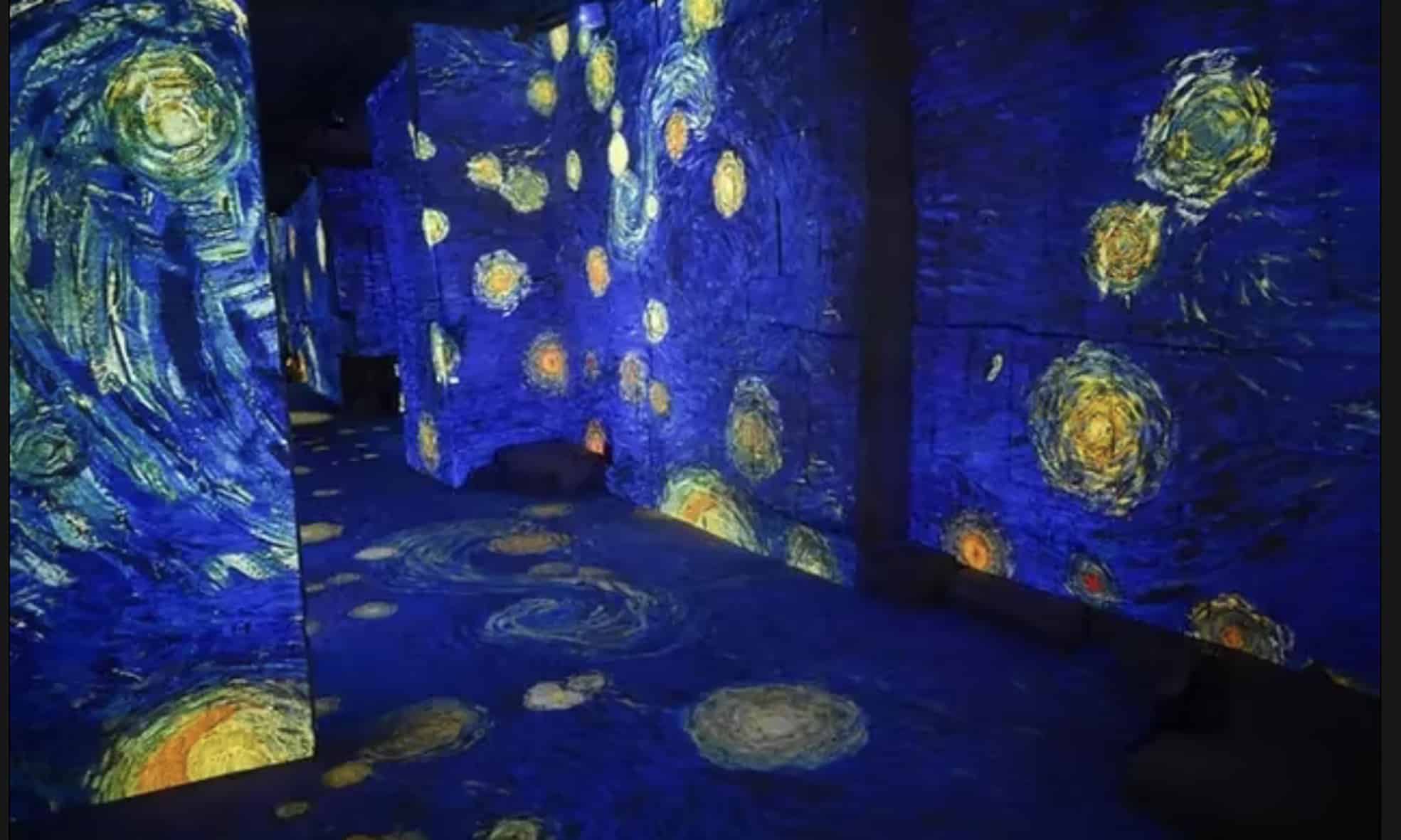Vincent Van Gogh’s feverish final months in a French village, when he churned out masterpieces even as he spiralled into despair, are the subject of a one-off exhibition opening this week in Amsterdam. The show at the Van Gogh Museum in the Dutch capital, which opens Friday, features 50 of the 74 works produced in his frenzied last days in Auvers-sur-Oise, just northwest of Paris, before his death at the age of 37.
More than 30 drawings are also featured among the works that have been loaned from museums and private collections all over the world and have never previously been shown together, curators said. “It is fair to say that this is a once-in-a-lifetime exhibition about Van Gogh’s very last period, his last 70 days,” museum director Emilie Gordenker said at a press preview on Wednesday.
“During that period, he worked like a man possessed,” producing some of his best works including the ominous “Wheatfield with Crows” and the melancholic portrait of his friend and physician Dr Paul Gachet. The painting “Dr Paul Gachet”, which the museum’s researchers said was made on 6 and 7 June 1890, is one of eight works provided by the Musee d’Orsay in Paris, along with “The Church at Auvers”.
What makes the exhibition unique is that all its paintings are arranged in chronological order, from the first painting when Vincent arrived in the village until his very last work, “Tree Roots”, painted two days before his death. Van Gogh arrived in Auvers-sur-Oise near Paris on May 20, 1890, after spending time in Arles and Saint-Remy-de-Provence in southern France, where he already struggled with bouts of mental illness.
The painter arrived in Auvers full of hope and fresh enthusiasm, mainly because of the presence of Dr Gachet, a physician specialising in the treatment of “melancholia”. Once there, the painter entered one of his most productive periods. “Vincent had a really tough time before he came to Auvers. He really suffered very much from his mental condition,” Gordenker told AFP. “He comes to Auvers and he really has a new energy and he really gets to work,” she said.
‘The audacity’
“He must have worked very fast. But he knew exactly what he was doing,” added Nienke Bakker, senior curator at the Van Gogh Museum. “Working on this exhibition, we are not just amazed by the number of paintings that he did in Auvers in this short period, but also the great quality of it and the audacity, the expressiveness, the experimenting that was there until the very last day,” Bakker told AFP.
“It shows what an amazing artist he was,” she said. But as time went on, a feeling of unease again crept over Van Gogh, as seen in paintings like “Wheatfield with Crows”, which was followed by another ominous landscape, “Wheatfield under Thunderclouds”.
Indeed, Van Gogh, in one of his last letters to his brother Theo, says about his final painting, “Tree Roots”, that “my life too is attacked at the very root, my step is also faltering”. Feelings of failure, loneliness and melancholy gradually gained the upper hand. Van Gogh shot himself in the chest shortly after finishing “Tree Roots” and died two days later. The exhibition “Van Gogh in Auvers. His Final Months” runs from May 12 to September 3 before moving to the Musee d’Orsay from October 3 until February 4, 2024.—AFP











